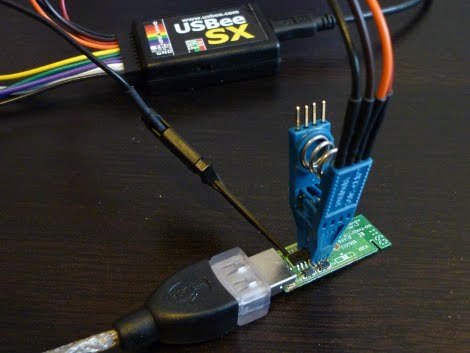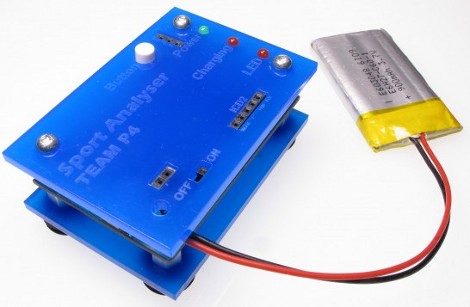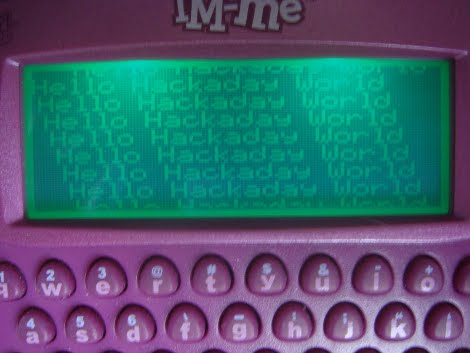
While hacking a wireless presenter doesn’t sound like something worthwhile or interesting, [Niels Teusink] demonstrates that these little devices often are a lot more powerful than we give them credit.
With an Arduino, plenty of research, and some heavy sniffing of a wireless presenter’s SPI and then wireless interface [Niels] is able to emulate an entire keyboard. Sending commands as harmless as “next slide” to the devastating “[Win+R] Format C:”. Hopefully anyone planning such a project at the next Apple or Microsoft keynote just intends some gentle fun.
Related: Wireless keyboards easily cracked.
[Thanks Dan Ransom]














